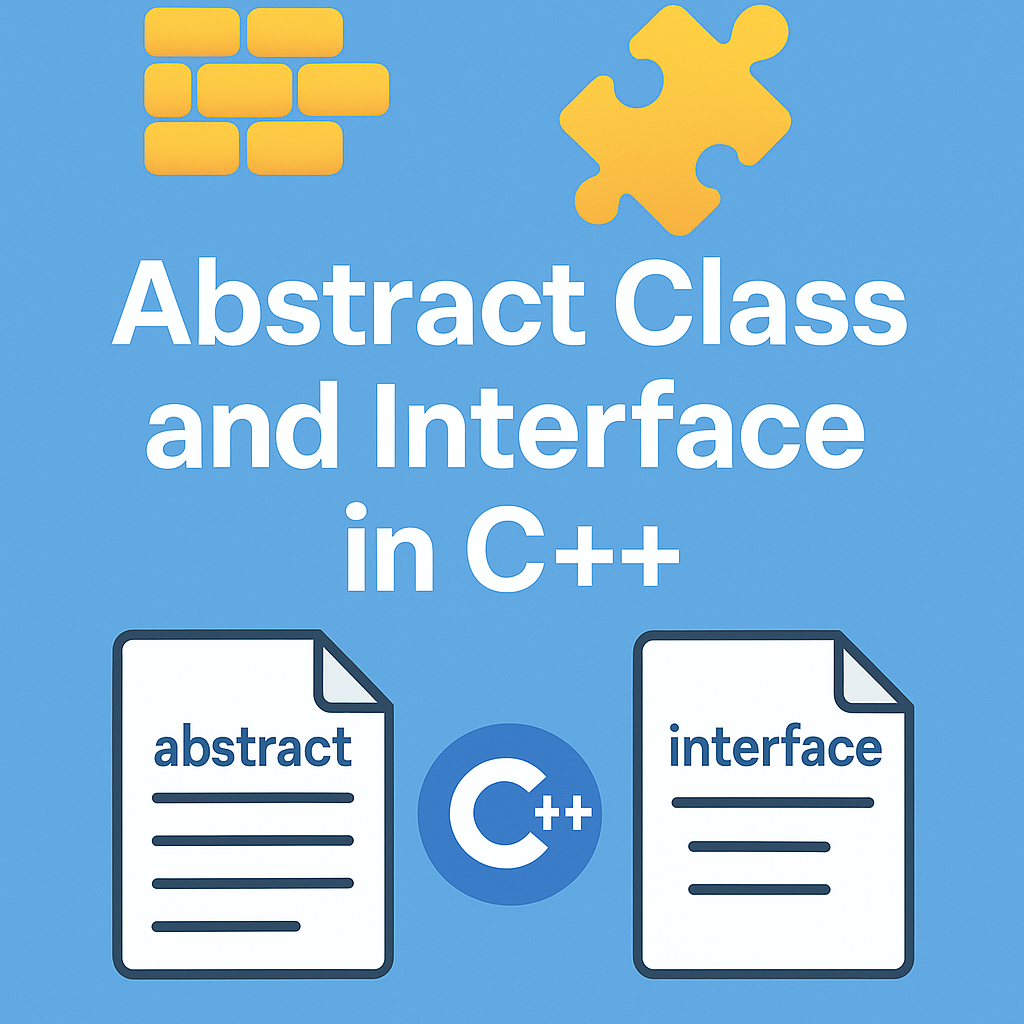As modern electronics continue pushing boundaries in speed and complexity, engineers face growing challenges in testing high-frequency and multi-domain systems. To meet these demands, leading players in the test and measurement industry are unveiling advanced solutions designed to address signal integrity, timing accuracy, and RF performance in one unified platform.
The Rise of Multi-Domain Systems in 2025
From 5G and Wi-Fi 7 to advanced radar and satellite communication systems, today’s technologies often involve multiple domains—digital, analog, RF, and optical—working together in real-time. As a result, traditional test methods are no longer sufficient. Engineers now require tools capable of synchronously analyzing multiple signal types across various time and frequency domains.
What’s New in Test & Measurement?
Recently, major T&M companies introduced solutions that offer unprecedented bandwidth, sampling rate, and resolution. These include:
- High-Bandwidth Oscilloscopes with bandwidths exceeding 100 GHz, ideal for capturing ultra-fast transitions and jitter.
- Mixed-Signal Analyzers capable of cross-domain correlation between RF and digital logic.
- Real-Time Spectrum Analyzers featuring enhanced dynamic range and time-correlated capture.
- Vector Network Analyzers (VNAs) designed for characterizing high-frequency passive and active components with precision.
These tools are not just faster—they’re smarter. Many come equipped with AI-enhanced analysis, automated calibration, and intuitive user interfaces for faster setup and measurement accuracy.
Why It Matters: Key Benefits
- Improved Signal Integrity Testing: High-speed digital designs rely on accurate jitter, skew, and eye diagram measurements—now achievable with real-time correlation tools.
- Faster Time-to-Market: Integrated platforms reduce the need for separate test equipment, speeding up the validation process.
- Multi-Domain Insight: Engineers can visualize and debug interactions across RF, analog, and digital domains in one interface.
- Enhanced 5G and mmWave Testing: With support for higher frequencies, these solutions ensure devices are compliant with the latest standards.
Applications Driving the Demand
- 5G/6G Communication Systems
- Aerospace & Defense Radar
- Automotive mmWave Sensors (ADAS)
- Quantum Computing & Research
- High-Speed Serial Interfaces (PCIe, USB4, DDR5)
Future Outlook: Converging Domains, Unified Tools
Looking forward, as domains continue to converge, test and measurement tools will evolve to become more integrated, cloud-connected, and software-defined. Test automation, AI-based diagnostics, and digital twin simulations are likely to redefine how hardware is validated in real-time.
Mr. Raj Kumar is a highly experienced Technical Content Engineer with 7 years of dedicated expertise in the intricate field of embedded systems. At Embedded Prep, Raj is at the forefront of creating and curating high-quality technical content designed to educate and empower aspiring and seasoned professionals in the embedded domain.
Throughout his career, Raj has honed a unique skill set that bridges the gap between deep technical understanding and effective communication. His work encompasses a wide range of educational materials, including in-depth tutorials, practical guides, course modules, and insightful articles focused on embedded hardware and software solutions. He possesses a strong grasp of embedded architectures, microcontrollers, real-time operating systems (RTOS), firmware development, and various communication protocols relevant to the embedded industry.
Raj is adept at collaborating closely with subject matter experts, engineers, and instructional designers to ensure the accuracy, completeness, and pedagogical effectiveness of the content. His meticulous attention to detail and commitment to clarity are instrumental in transforming complex embedded concepts into easily digestible and engaging learning experiences. At Embedded Prep, he plays a crucial role in building a robust knowledge base that helps learners master the complexities of embedded technologies.



Leave a Reply